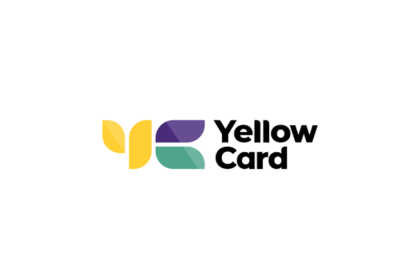Millions of investors have been drawn to cryptocurrency by the prospect of rising prices. To this end, a growing number of young global investors see cryptocurrency as a viable alternative to gold, the world’s oldest safe-haven asset. A recent CNBC Millionaire Survey indicated that 83% of millennial millionaires held cryptocurrency.
Currently, there are around 20,000 cryptocurrencies offered with over 300 million users worldwide. 48 million of these users are from the African continent. Crypto’s potential to bridge the economic divide, serving personal and entrepreneurial demands such as remittance, e-commerce, payments, wealth preservation, and social good, is a significant reason for its growing popularity in Africa.
Despite this, African countries have taken a significantly different stance toward cryptocurrency than most other governments around the globe. Nigeria and Kenya are two countries in this region that have decided to prohibit the use of cryptocurrencies or have issued warnings and in some instances outright bans, to their banking systems about the risks associated with using them.
Yet, Nigeria’s enthusiasm knows no bounds, and it is anticipated that the country could reach a rate of 100 percent adoption by the year 2030. Other countries, such as South Africa, are simultaneously supporting the exchange of digital assets.
Cryptocurrency regulation has grown in popularity over the years. Globally, 33 countries regulated cryptocurrency in 2018. As of 2021, this number had risen dramatically to 103 nations.

Luno‘s Head of Compliance for Africa, Johan Hetzel, discusses three crucial measures that authorities should consider before implementing stricter or blanket legislation on the industry.
Assessing the Regulatory Framework
Through virtual assets (VAs) and virtual asset service providers (VASPs), we have seen an inflow of $105.6 billion into Africa, the world’s smallest crypto economy, from 2020 to 2021. This suggests that VASPs could prove beneficial to the economies that permit them. When we look at how countries regulate VAs and VASPs globally, trends show five factors that are considered in this process. These include:
- The legal status and environment of VAs and VASPs in a country. That is, are there any legal restrictions that apply to the use and operation of VAs and VASPs;
- The regulatory framework within a country. That is, what are the rules that apply to the VA and VASP industry and how this is regulated;
- Registration and licensing requirements within a country;
- Market surveillance and anti-market manipulation frameworks in place; and
- Anti-money laundering, counter-terrorism financing, and counter proliferation financing (AML, CTF and CPF) requirements that are applicable to the industry as well as the focus on consumer protection. That is, customer due diligence (CDD / KYC) requirements, monitoring customer transactions and behaviour, screening, marketing, and advertising requirements and associated controls.
Regulatory frameworks developed on the back of these factors prove to be more beneficial to the local market and encourage partnerships between the VASPs, financial institutions, and regulators, whilst promoting the innovation that the VA and VASP industry presents.
Reassessing Risk Management
At present, VASPs face significant obstacles in setting up and running their business activities with the existing major banking providers. Currently, major African banks are hesitant to do business with VASPs, due to common misconceptions of the crypto industry and as a result of bad actors in the industry as well as continuing scams to which consumers fall victim. This is similar to the experiences seen 7–9 years ago by fintech companies in Europe.
This de-risking (effectively de-banking) by the banking industry points to a lack of awareness or understanding of the controls used by VASPs to detect and prevent financial crimes. The banks may have concerns about an entity’s management of AML, CTF and CPF risks or their capability to meet regulatory expectations and requirements.
This could include a lack of awareness about how VASPs will fulfil regulatory requirements, or the assumption that VASPs may not have sufficient controls or processes to identify and verify who its customers are, screen customers and monitor customer transactions and behaviour, effectively the ability to apply risk-based controls to identify, manage, mitigate and respond to money laundering, terrorist financing and proliferation financing risks. More significant effort and education by banks to engage and understand this type of technology is key to banks’ better targeting the financial crime risks relating to crypto rather than taking a blanket ban approach to all crypto businesses in an attempt to avoid the risk altogether.
A Clear Understanding of Use Cases
The crypto market has coins other than Bitcoin. In fact, over 20,000 cryptocurrencies are offered and this number continues to grow daily. While many compete for the same role, it is worth noting that plenty of VAs offer unique solutions and use cases for various financial and non-financial issues.
Cryptocurrencies tackle a wide variety of challenges that are widespread in practically every industry. Initially, crypto assets were developed to store value and facilitate payments. However, years of growth have resulted in a significant increase in the number of available use cases, including remittances, payments, arbitrage, wallet and exchange services, investing, intellectual property, trade, tokenization and so on.
Each use case should thus be well understood in order to develop an appropriate regulatory framework to optimise the effectiveness of regulation in the sector, whilst supporting the innovation that has significant benefits to consumers. Simply put, to regulate crypto, you need to understand crypto. To understand crypto, you need to understand the applicable use case.










